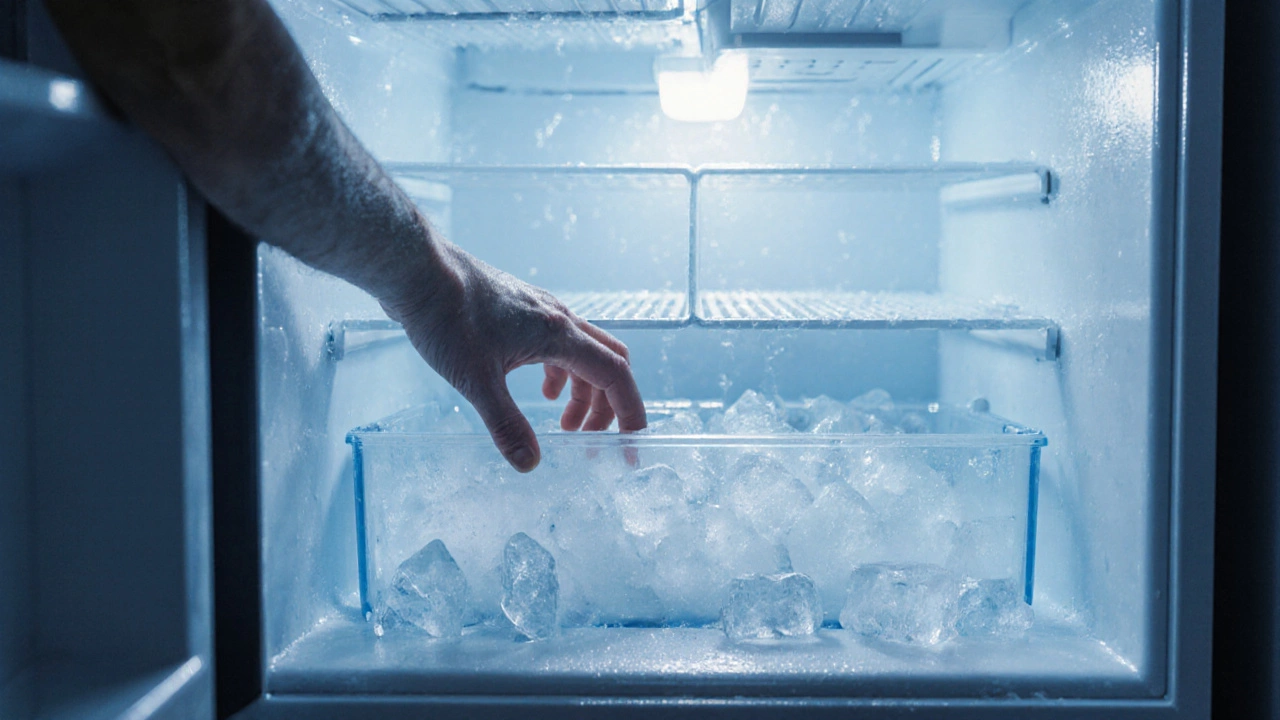When dealing with freezer temperature, the level a freezer maintains to keep food safely frozen, usually around -18 °C to -20 °C. Also known as freezer setting, it directly affects food quality, energy use and the lifespan of the appliance. Freezer temperature isn’t just a number on a dial; it’s a balance between the thermostat, compressor and door seal that determines whether ice forms or food thaws. If the temperature drifts, you risk spoilage, higher bills, and extra wear on the system. Understanding this balance is the first step before you start tweaking or calling a pro.
A lot of temperature problems trace back to freezer repair, the process of fixing components that control cooling and maintain the set temperature. Typical culprits include a faulty thermostat, a struggling compressor, or a door gasket that lets warm air sneak in. When the thermostat misreads the interior, the compressor may run too often or not enough, causing temperature swings. Likewise, a leaky seal creates a warm‑air leak, forcing the freezer to work harder and often resulting in frost buildup. Fixing these parts usually restores steady temperature control, which in turn improves energy efficiency and food safety.
Another key player is the thermostat, the sensor and control unit that tells the freezer how cold to get. Proper calibration ensures the set point matches the actual interior temperature. If the thermostat is set too high, food may not freeze; too low, and you waste power and risk freezer burn. Adjusting the thermostat usually involves checking the built‑in temperature display, using an external thermometer for verification, and then turning the dial a few clicks until the desired range is met. Regularly testing the thermostat forms a direct link between accurate temperature settings and reduced repair calls.
Keeping the freezer in good shape also means a solid appliance maintenance, routine tasks like cleaning coils, defrosting and checking seals that help the unit run efficiently. Simple actions—wiping spills, cleaning condenser coils, and ensuring the freezer stays level—can prevent temperature drift before it starts. Defrosting when ice builds up over a quarter inch restores airflow, while a quick seal test (close a piece of paper in the door; it should stay put) catches leaks early. Consistent maintenance reduces the need for major repairs, extends the unit’s life, and keeps that critical freezer temperature steady.
Below you’ll find a curated collection of articles that dive deeper into each of these topics. From diagnosing why your freezer isn’t staying cold, to step‑by‑step repair guides and seasonal maintenance checklists, the posts cover the full spectrum of freezer temperature management. Use them as a roadmap to troubleshoot, fix, or simply understand the inner workings of your freezer.
Posted by
Orin Trask
0 Comments

Learn why your freezer ice maker stopped, follow a step‑by‑step troubleshooting guide, fix common issues, and know when to call a professional.
read more